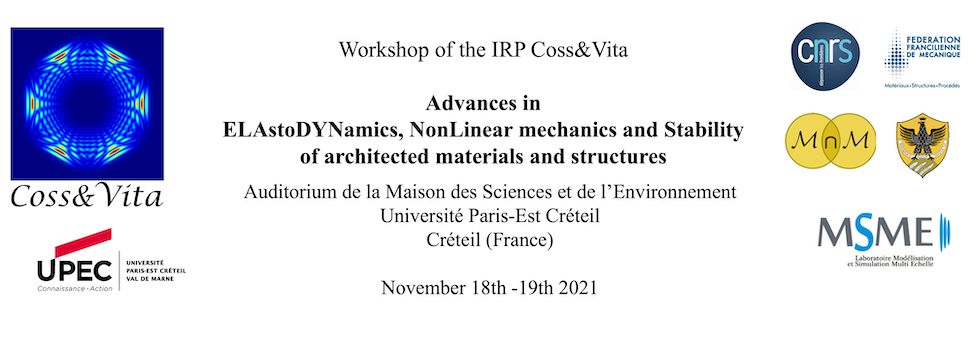Lattice structures are periodic reticulated structures, featuring a cellular architecture stemming from a network of beams that exhibit peculiar dynamic behaviors [1]. These have proven capable of filtering waves at selected frequency components, known as bandgaps, thus impeding their propagation and facilitating the control of their trajectories. Motivated by the growing deployment of lattices in dynamic applications, in this work we numerically investigate the potential of the renowned octet topology [2] and unravel the physics underpinning its attenuation zone. The band structure of this cell [3], computed numerically upon fulfilling Bloch periodicity, unveils a local resonance bandgap tied to the bending resonance of its struts. We leverage the revealed mechanism to design a lattice-based plate equipped with two metadevices for wave mitigation and control, respectively metabarrier and metalens, generated by supplementary masses embedded in the midpoint of the octet struts [4]. We further rely on time-transient simulations to analyze the propagation of flexural waves across the finite plate and corroborate the performance of the engineered devices. The metabarrier allows for protecting a circumscribed region by reflecting the impinging waves with frequency content matching its stop band and preventing their transmission along the plate. The design of the lens, seemingly more complicated, originates from the spatial grading of the masses. This gradual variation tailors the phase velocity of waves traveling within the lattice-based device and shapes their trajectory, eventually steering them toward a specific focal point. The findings of this study reveal the potential of octet lattices in vibration isolation applications, energy harvesting, and focusing and lay the foundation for further in-depth analyses, for instance, including nonlinear effects.
References
[1] Phani, A.S., Woodhouse, J. and Fleck, N. A. (2006). Wave propagation in two-dimensional periodic lattices. The Journal of the Acoustical Society of America. 119, 4: 1995-2005.
[2] Deshpande, V. S., Fleck, N. A. and Ashby, M. F. (2001). Effective properties of the octet-truss lattice material. Journal of the Mechanics and Physics of Solids. 49, 8 :1747-1769.
[3] Arya, M. and Steeves, C. A. (2011). Bandgaps in octet truss lattices. Proc. of the 23rd Canadian Congress on Applied Mechanics, Vancouver, Canada. 471-474.
[4] Aguzzi, G., Kanellopoulos, C., Wiltshaw, R., Craster, R. V., Chatzi, E. N. and Colombi, A. (2022). Octet lattice-based plate for elastic wave control. To be submitted.

 PDF version
PDF version
